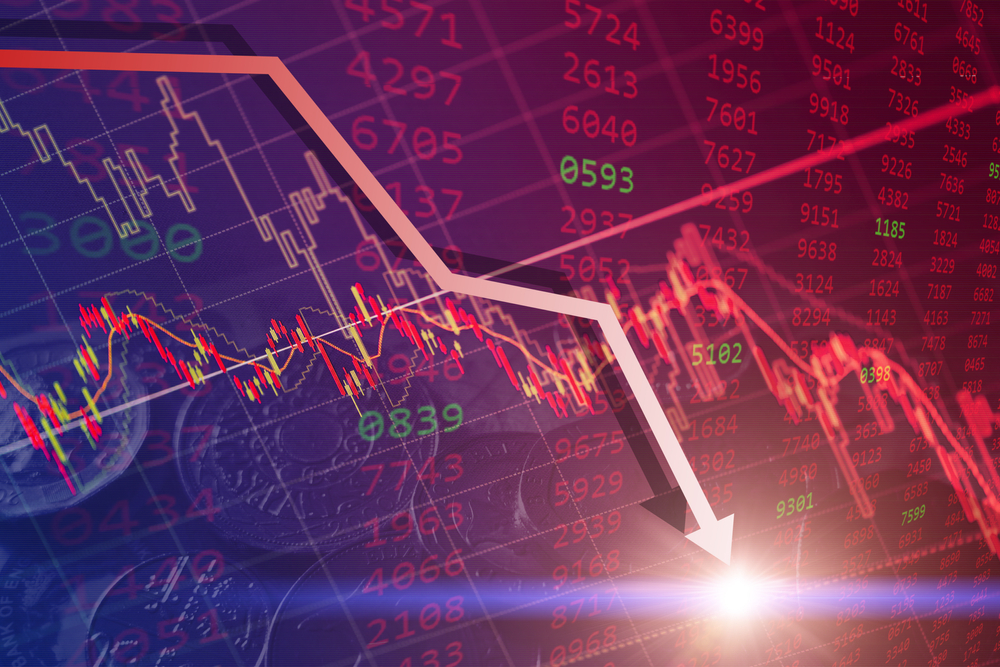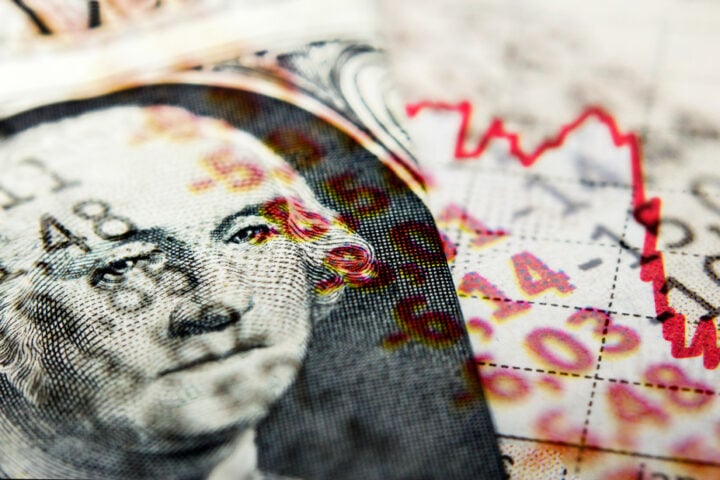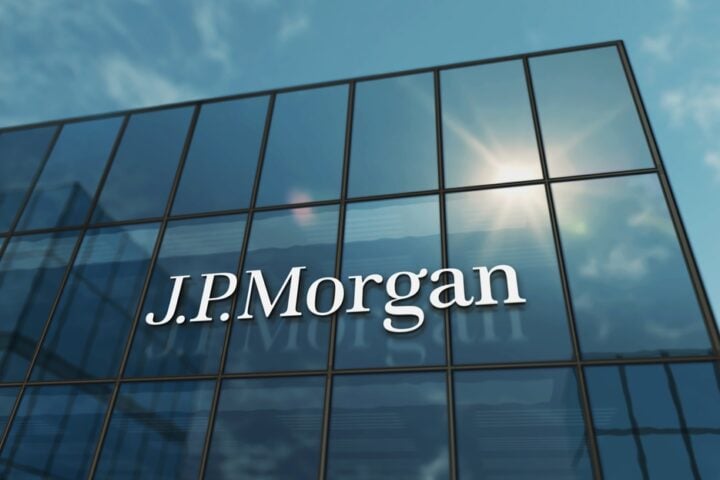Economy cools but avoids collapse amid policy uncertainty
After two years of outperforming forecasts, the U.S. economy is showing signs of cooling — though not cracking. Recent GDP revisions from the Federal Reserve and major banks signal slower growth in 2025, driven by policy uncertainty and President Trump’s tariff agenda. But fears of an imminent recession remain overstated, at least for now.
Federal Reserve Chair Jerome Powell struck a measured tone during his March 19 press conference, calling the economy “healthy” but acknowledging signs of moderation. The Fed now expects GDP to rise 1.7% in 2025, down from its December projection of 2.1%. JPMorgan, Morgan Stanley, and Goldman Sachs have issued similar downward revisions, citing concerns that tariffs will hamper business activity. Their new forecasts range from 1.5% to 1.7% growth.
Importantly, none of these firms are predicting a contraction. Goldman Sachs’ latest call sees only a 20% chance of recession within the next 12 months — only marginally above the historical average.
Yet uncertainty is spreading. Betting markets like Kalshi now price in a 40% chance of a downturn, and the Atlanta Fed’s GDPNow tool recently projected a nearly 2% GDP drop in Q1. Meanwhile, consumer sentiment indices have taken a hit amid headlines on federal layoffs and tariff threats.
Still, economists urge caution against overreacting. “All the cries about recession are probably overdone,” wrote Morgan Stanley’s global economist in a weekend note. January’s weak retail numbers were reversed by strong February gains, echoing similar disconnects between sentiment and reality seen in 2022.
Chris Williamson of S&P Global also sees slowing, not stalling. His firm’s composite PMI index rose to 53.5 in March, suggesting Q1 GDP likely grew at a 1.5% pace — slower than Q4’s 2.3% rate, but still expansionary.
RBC’s research shows S&P 500 performance tends to struggle when annual GDP growth hovers between 0.1% and 2%. Yet analysts stress that not all slowdowns signal crisis. Deutsche Bank’s Brett Ryan sees current trends as normalization after unsustainably strong consumer spending in late 2024.
“The question is, do we get more than that?” Ryan said. “We’re not there yet. The labor market is still OK, and income growth still supports consumption.”
Key labor metrics, such as continued unemployment claims, remain far from recessionary thresholds. Unless job losses rise sharply or income stagnates, economists say a soft landing remains the most plausible scenario.







